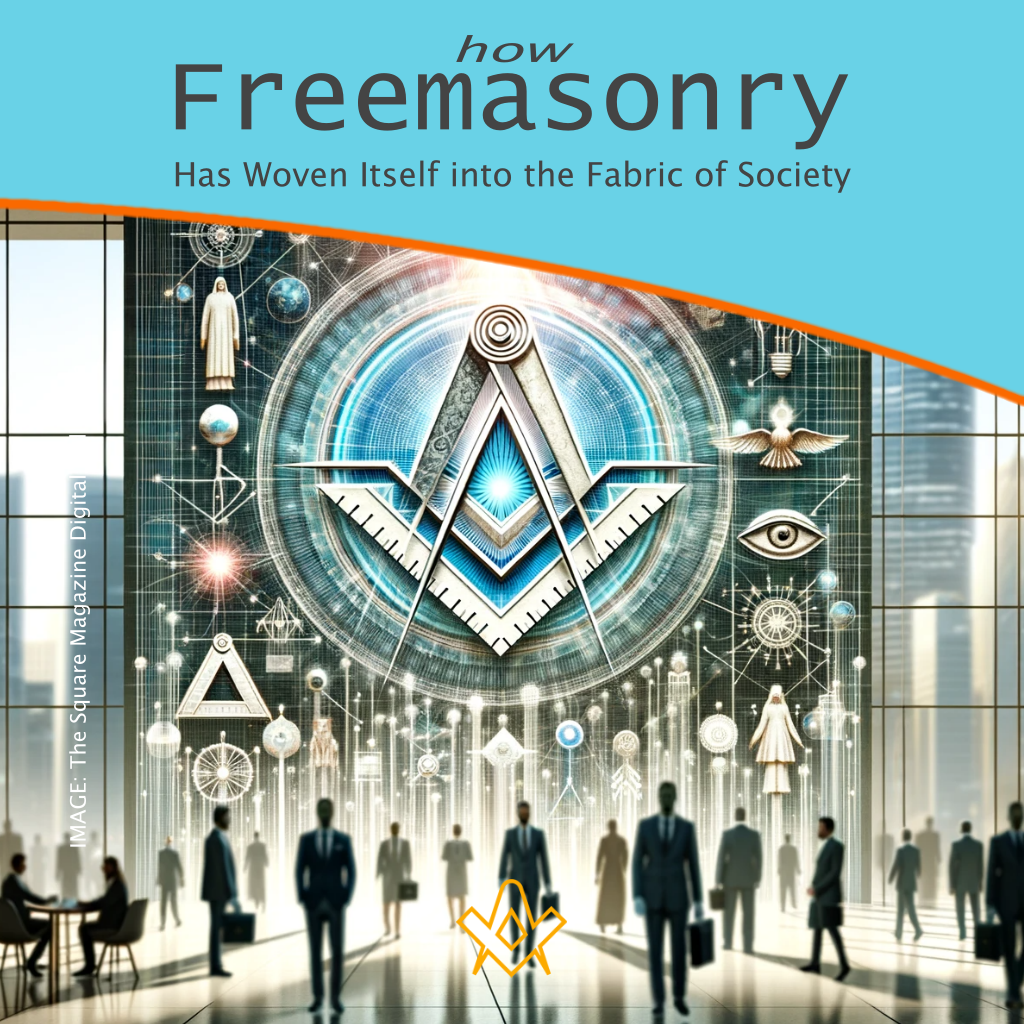Like the worn stones of an ancient temple, Freemasonry’s origins reach far back in history, shrouded in equal parts mystery and intrigue.
Emerging from the medieval guilds of stonemasons, this fraternal organization can trace its roots to the late 16th or early 17th century. Yet, even with beginnings stretching centuries into the past, the enigmatic aura surrounding Freemasonry has only further embroidered its legacy in the modern era.
At its core, Freemasonry revolves around a system of moral and spiritual instruction imparted through ritual dramas during its member initiation process. This process consists of three main degrees: Entered Apprentice, Fellow Craft, and Master Mason. Each successive degree reflects a deeper understanding of masonic principles, safeguarded by centuries of layered symbolism and secret customs. Like climbing the rungs of a winding staircase, the teachings at each stage build upon one another.
Originating in Britain, Freemasonry has spread its wings worldwide over the centuries, drawing together men from diverse walks of life bound by shared ideals of tolerance, respect and kindness. Yet, much like the fading glow of a setting sun dipping below the horizon, membership in Freemasonry has seen a slow and steady decline after its zenith in the early 20th century. This downward trajectory, once a fiery blaze, now smoulders as flickering embers struggling to stay alit.
Gazing into the mirror of history, Freemasonry’s far-reaching influence can be glimpsed, casting a long shadow from the 18th century onwards. Though not always overt, the invisible threads of Freemasonry have been intricately woven into the very fabric of modern society. From fostering moral discipline and mutual assistance among members, to shaping societal values of morality and charity, Freemasonry’s core tenets have permeated social norms over time.
The significant role of Freemasonry in spurring community growth and social development cannot be overlooked. Like the flying buttresses of a grand cathedral, Freemasonry has provided crucial foundations and support structures enabling societal progress. From schools to hospitals, libraries to universities, the hidden fingerprints of Freemasonry are etched upon these pillars of advancement. Delving deeper, one finds Freemasonry’s constituent involvement in humanitarian efforts, with various missions and philanthropic initiatives nurtured under its umbrella.
Fast forward to the 21st century, and Freemasonry continues exerting positive societal influence through its humanitarian focus. Upholding timeless teachings of brotherhood, charity and truth, Freemasonry actively engages in community outreach, fostering a spirit of service and putting noble principles into practice. The goal extends beyond merely improving the lives of members, but also uplifting communities through deeds big and small, touching countless lives in the process.
Yet Freemasonry’s declining membership sparks valid concerns, with implications rippling outwards into society at large. The confluence of factors behind this trend are complex, and warrant close examination. What does the future hold for this age-old fraternal order in the modern era? Will it continue fading into irrelevance or can the tide be turned towards revival and renewal? The path ahead remains nebulous, with Freemasonry poised at a pivot point between decay and reinvention.
The digital revolution has also impacted Freemasonry, presenting both obstacles and opportunities to overcome. In many ways, Freemasonry seems a relic of the past in today’s world of instant gratification and ephemeral trends. But perchance it can serve as an authentic, steady compass amidst modern society’s dizzying pace of change. At the cusp of an accelerating world, Freemasonry’s role begs re-evaluation.
Adding prestige to its legacy, Freemasonry has counted numerous influential figures amongst its ranks through the centuries. Founding fathers of America like George Washington and Benjamin Franklin were active Freemasons, as were famed scientists like Sir Isaac Newton. The teachings of Freemasonry undeniably helped shape the ideology and actions of these leaders, and through them, society itself. Their indelible contributions woven into history’s tapestry were tinted by the guiding principles of Freemasonry.
Peeling back the veneer further, one finds Freemasonry’s deep roots in philanthropy and service. Masonic lodges incorporate charity into their activities, upholding values of care and compassion. Institutions like the Shriners Hospital for Children, Masonic Medical Research Laboratory and Scottish Rite RiteCare clinics exemplify this, providing medical aid to children and families in need, regardless of means. Such generosity nourishes society’s less fortunate corners, enhancing collective welfare.
Masonic symbolism and philosophy have also been embedded into iconic architecture and city planning worldwide. To the keen observer, this hidden language emerges in dimensions, orientation and decorative details, betraying the subtle Masonic influence behind many structures. From the street layout of Washington D.C., to the soaring vaults of France’s Chartres Cathedral, this unseen hand has shaped building design and urban landscapes over time.
Yet Freemasonry’s aura of secrecy has bred an array of perceptions and misconceptions amongst the public. To some, it represents an elite old boys’ club for the rich and influential. To others, its mysterious rites suggest darker occult undercurrents. Such notions, fanned by pop culture caricatures and lack of transparency, have both helped and hindered Freemasonry through the ages. Today’s Masons increasingly promote openness to counteract lingering false impressions, while still safeguarding their heritage.
Furthermore, Freemasonry has permeated creative arts, literature and popular entertainment for centuries. Masonic imagery, rituals and mythologies have fuelled countless conspiracy theories, books and films over the years. Works like Dan Brown’s The Da Vinci Code and big-screen adaptations like National Treasure continue stirring public fascination, albeit often prone to sensationalism. Still, such portrayals underscore Freemasonry’s enduring aura of intrigue.
Each knot unravelled reveals yet another facet of Freemasonry’s multi-layered imprint upon society. It stands as an ever-evolving tapestry, woven from varied threads of history, mystery and human creativity. And this living tapestry continues being embroidered over time, while adapting to stay relevant amidst modernity.
Freemasonry’s place in contemporary society ultimately depends on maintaining core values while reinventing practices for the 21st century. Its enduring societal influence is evident and remains pivotal, not unlike bold brushstrokes on a canvas defining the overall composition
Surveying Freemasonry today reveals a complex interplay of legacy, struggle and possibility. While facing obstacles adapting to modern times, its narrative arc still bends onwards. Revitalization remains plausible, given commitment to upholding traditions while harnessing its multitude of potentials.
Gazing farther down the horizon, Freemasonry’s outlook shimmers with renewed potential. The unwinding scroll of tomorrow offers ample space for this age-old fraternal order to flourish anew. What trajectory might it follow into the future? A digital reawakening perhaps? Or a metamorphosis to seamlessly blend with the modern era? The road ahead remains unwritten. One thing is certain – Freemasonry’s enduring influence shall persist, leaving indelible footprints upon the sands of time.
Article by: Margaret S.

Margaret S. is a retired lecturer and devotes much of her time to theological and philosophical writing.
She was made a Freemason in the International Order of Freemasonry for Men and Women - Le Droit Humain.
(Margaret S. is her pen name for all her masonic papers)
Recent Articles: of current interest
 Keeping Passions and Prejudices within Due Bounds Master your emotions and find balance in a chaotic world with Darren Allatt's "Keeping Passions and Prejudices within Due Bounds." Discover practical strategies for self-awareness, emotional intelligence, and building meaningful relationships. Transform your life with calmness, clarity, and purpose. Start your journey towards emotional mastery today. |
 Masonry in the Age of Leisure - P2 Explore the optimistic future of Masonry in "Masonry in the Age of Leisure" by VVenBro Scott Wisdahl. Delve into the possibilities of a leisure-driven society where technology enhances social bonds, decentralizes the Craft, and reshapes Masonic traditions. Discover how Masonry can thrive in an interconnected, tech-savvy world. |
 Masonry in the Age of Leisure - P1 Embrace the future of Masonry in the Age of Leisure! Imagine an era where technology empowers deeper connections, offering a tapestry of diverse groups united by Freemasonry’s timeless values. Envision hybrid meetings transcending borders, fostering brotherhood across continents. This optimistic future cultivates intellectual growth and social interaction, heralding a Masonic renaissance for all. |
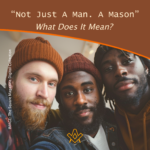 “Not Just A Man. A Mason”: What Does It Mean? Embrace the profound essence of Freemasonry, not merely a group but a journey of integrity, shaping men of dignity. By adopting virtues such as honesty, justice, and brotherly love, Freemasonry transcends time, urging us towards a dignified life. It’s more than being a man; it’s about living with unyielding dignity. |
 Multiculturism and the Culture of Freemasonry Freemasonry, with its deep roots in universal principles such as individual freedoms, education, and the pursuit of science, stands as a beacon of unity in a world divided by conflicting ideologies. By embracing the tenets of Freemasonry, including respect, peace, and mutual understanding, we can navigate societal challenges and foster a more harmonious world. |
 Embrace the new paradigm of eco-conscious living in the 21st century. Freemasonry, a cornerstone of society, must evolve, placing Nature at its heart. Reject anthropocentrism, embrace deep ecology, and champion sustainable living and global cooperation. Let Freemasonry lead by example, advocating for a world where humans and nature coexist harmoniously. |
 How Freemasonry Has Woven Itself into the Fabric of Society Like the weathered stones of an ancient temple, Freemasonry's origins are shrouded in mystery. This fraternal order has woven invisible threads throughout society's fabric since emerging in the 1600s. Despite declining membership, Freemasonry's influential legacy endures, seen in philanthropy, architecture, and the ideals of legendary members. Though facing challenges, revival remains possible if it adapts traditions to the modern era. |
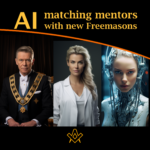 AI help in matching mentors with new Freemasons Harnessing AI for Freemasonry Mentorship: A Comparative Analysis. Freemasonry, an age-old fraternity, seeks to enhance its mentorship program by leveraging AI. While the Grand Master suggests detailed member profiles for matching, a Professional Coach emphasizes personality compatibility. Meanwhile, an AI Bot proposes machine learning for pattern recognition. Dive in to explore the potential and pitfalls of each approach. |
 Masonic Charities P.2 – The Shriners Discover the Shriners' legacy within Freemasonry; delve into their profound commitment to philanthropy and see how Masonic Charities demonstrate brotherly love, relief, and truth. Become inspired by the bonds that unite Shriners around the globe and their impactful work in local communities. |
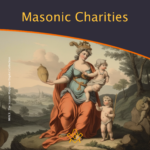 Freemasonry's commitment to charity has always been a priority and remains a core principle, reflecting its mission to promote brotherly love, relief, and truth in the world. Part 1 of the series gives an introduction to the establishment of the main Masonic Charitable endeavours in the 18th and 19th centuries and several key influencers. |
 Solomon Learning and Development Platform The Intersection of Freemasonry and Technology: Embracing the Digital Age with the New |
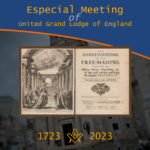 Especial Meeting of United Grand Lodge of England The year 2023 marks the tercentenary of the publication in London of the Constitutions of the Freemasons, based on Enlightenment principles that provide the philosophical foundations of modern Freemasonry. Why are the 1723 Constitutions important? Many Masonic histories have been concerned with ‘when’ and ‘what’. We also explore ‘why?’ |
 Like every other incident of initiation it is in the light of the larger meanings of Freemasonry that we must interpret the Rite of Destitution. But what does it mean? |
 Society of Grand Lodges in Alliance (SOGLIA) is a confederation of Grand Freemason Obediences in which all members obey the principles of Regularity. Assembled annually, in different places of the world, in order to share fellowship and to promote Masonic tradition, SOGLIA members are respecting the autonomy of each Grand Lodge. |
 Confederation of the Grand Lodges of Europe and the Mediterranean - Universal Freemasonry and its intellectual property are less and less taken into account in the current times of constant movement and unclear future prospects. |
 The Book of Law in Brazilian Freemasonry We are informed that, Freemasonry it is not a religion, but the candidate has a belief in a creative principle, which later, we call the Great Architect of the Universe. - by Fernando Rodrigues de Souza |
 Mike's Masonic Walks And Talks WBro. Mike Neville is a Masonic author and lecturer. He offers walks and talks primarily around London, based on his vast knowledge of the area and his specialist subjects, which cover all aspects of Masonic history. |
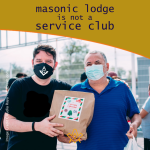 A Masonic lodge is not a service club An address delivered to the 10th Annual Conference of Western Canadian Grand Lodges (1950) in response to the question, "Should Our Western Grand Lodges Sponsor a Specific Program?" By |
 The Order of Bees was established as a youth initiative for the boys and girls of Prince Hall Freemasons, and symbolises the relationship existing between the activities of the youth and the family of bees. |
 The Confederación Masónica Interamericana (CMI) was founded in 1947, is a non-profit organization that groups together 92 Great Masonic Powers, admitted as members and distributed in 26 countries in South, Central, North, Caribbean and Europe. |
 This smartphone app is designed to work with all Freemasons from both Regular and Independent Grand Lodges around the world. |
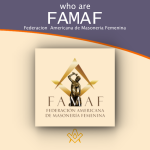 The American Federation of Feminine Freemasonry (FAMAF) is an organization that brings together Grand Lodges, Grand Orients and Confederations of Feminine Masonic Grand Lodges from the American continent. |
 The third largest Masonic Alliance of independent grand lodges, which currently has over 500,000 members in the world and an incredible resource of "good people with a good reputation" from around the world. |
 A Guiding Paw - my faithful 'brethren' A heart-warming story of one Mason's best friends – and how Gary's faithful guide dogs have helped fulfil both his Masonic life but also his valuable work in public service. |
 A visit to the Mother Lodge of Scotland Let me take you to the heart of Scotland to meet our Brethren of the Mother Lodge of Scotland, a journey into one of Freemasonry's deepest roots. Our guide Carlos Oliveira Santos who is from |
 An introduction to VEREINIGTE GROSSLOGEN von Deutschland / UNITED GRAND LODGES of Germany |
 International Masonic Union CATENA An international association of Grand Lodges and independent Lodges, with all true Masonic traditions, which adhere to the basic principles of the equal standing of men and women in Freemasonry |
 Social Impact of Prince Hall Freemasonry in D.C., 1825-1900. Alonza Tehuti Evans discusses Prince Hall Freemasonry, founded by African Americans. |
 Who are the Widows Sons, and what do they do, and how can you join ? |
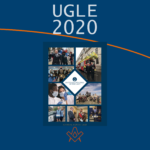 For the first time in its 300 year history UGLE has published an Annual Review |
 Founded in 1919 and named after the Grand Master of the Knights Templar, this International Order has helped young boys become great men. |
 9th International Conference of Freemasonry Hidden Meanings: Esotericism and Masonic Connections |
 An introduction to CLIPSAS and we look at who are they and what do they do |
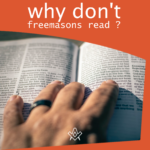 The title of this article will seem somewhat of an oxymoron, because at this precise moment you, most likely a Freemason, is reading this |
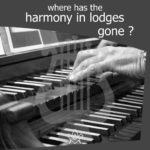 Music can make you either remember everything or forget everything! They even call it the 'rhythm' of life because life does have a beat, a rhythm, a song! Music is equally important for Freemasons. |
 Young Masons' Inter-Club Virtual Social An initiative was created to initially keep Brethren engaged in their Masonry whilst the restrictions of the COVID-19 pandemic are in place. |
 I've heard people say that we don't have heroes |
 What can we learn from Steve Jobs' address given at Stanford in 2005 |
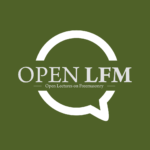 Open Lectures on Freemasonry as a series of monthly online lectures that aims to increase the visibility and accessibility of research into Freemasonry. The lectures are open to anyone who is interested. |
 What Kind of Library Do You Have? Many Brothers have no clue as to what kind of "Craft" library they actually have in their home or office. Most of these Brothers don’t care that they don't know – so, what kind of library do you have? |
 Russian Freemasonry a combination of a short sketch of its history and a review of the present-day Masonic landscape in this country |
 A brief outline showing the differences and similarities within Freemasonry |
masonic knowledge
to be a better citizen of the world
share the square with two brothers

click image to open email app on mobile device
